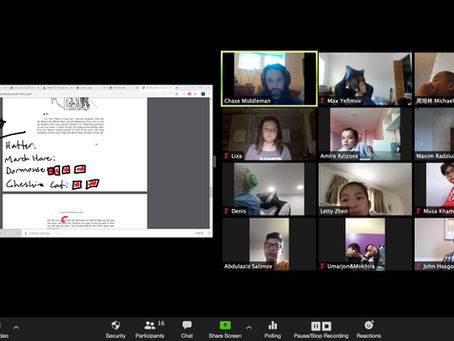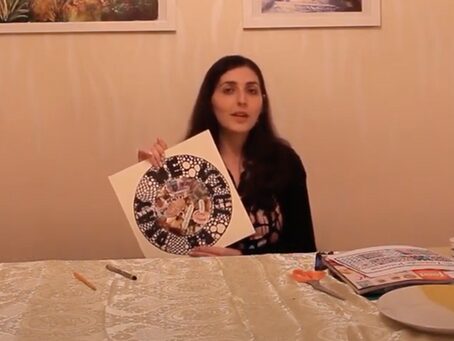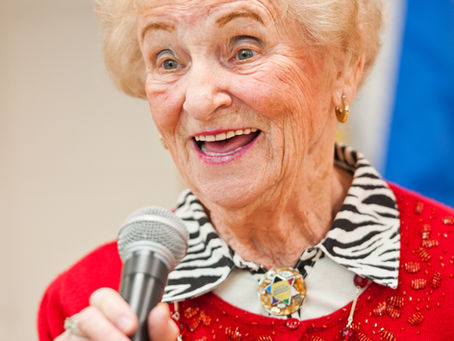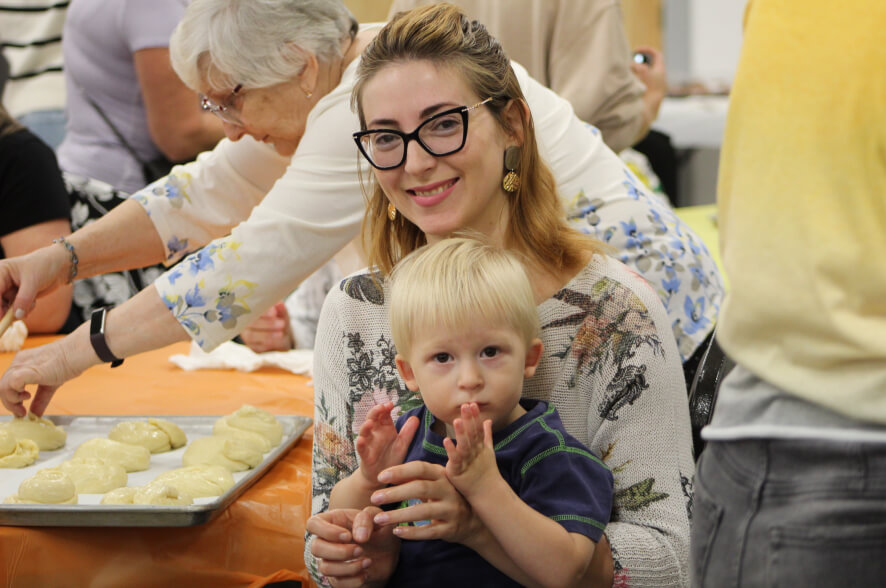Art Therapy Comforts Holocaust Survivors During Pandemic
In the times of uncertainty, Holocaust Survivors of our Revive program use virtual art therapy to cope.
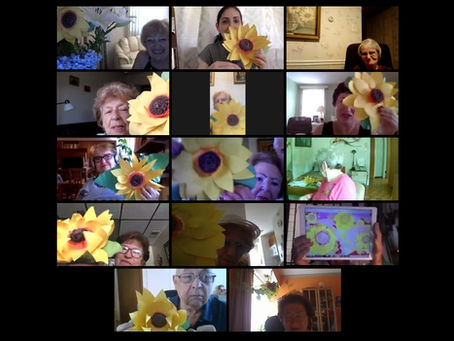
In times of uncertainty, instability, and change, many people crave something tangible to hold onto – something to inspire resilience. For many of the Revive program participants, who are Holocaust Survivors from the Former Soviet Union, much of their life was a statement of resilience and revival.
Current circumstances are no different. Prior to the pandemic, many participants took wellness classes, including art therapy. Once COVID-19 hit our communities, they expressed openness to dive into the unfamiliar virtual world. They received individual support and instruction from the Revive Program and the KleinLife: Russian Speaking program staff to install Zoom in their native language. To expand the possibility of art therapy and increase the range of mediums, I safely delivered a packet with materials to each individual who wanted to participate in our virtual offerings. The range of materials allowed them the opportunity to delve into the many layers of the art therapy process to better cope with current events.
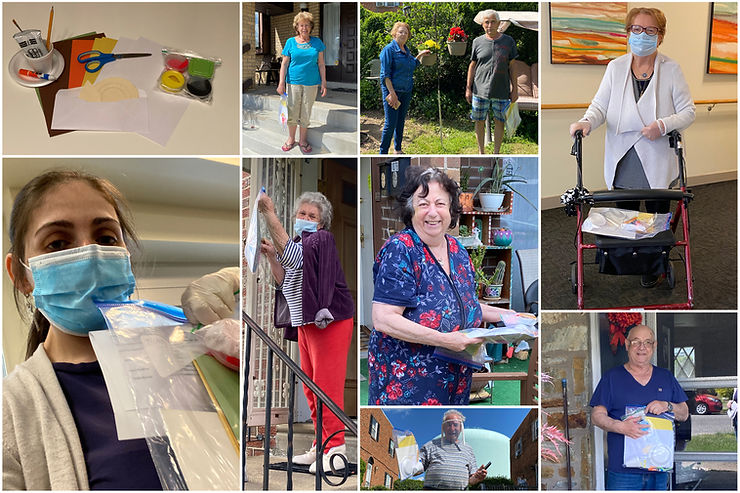
Mariya Keselman-Mekler (bottom left) distributes art therapy project materials to the Holocaust Survivors in the Revive program.
Through the art therapy series, our Holocaust Survivor clients worked to create symbols that could strengthen their hope and resilience through performing focused tasks. For the first two sessions, we explored symbols that carried meaning for all of us. We discussed various symbols’ personal and cultural meanings and worked on integrating their representations into participants’ lives. For example, we worked with the symbolism of sunflowers, which portrays positivity, strength, loyalty, and longevity, as well as butterflies that portray beauty, transformation, and hope. Later in the series, participants worked individually to create and discuss symbols that represented important aspects of their own identities and values. At the end of the cycle, they selected their mottos based on the symbols they created, including patience, faith, love, and kindness. Through this creative and expressive process, our Holocaust Survivor community was able to foster connections among themselves and build strength and resilience as they look to the future.
Mariya Keselman-Mekler, MA, ATR-BC, LPC
Counseling & Program Manager, Creative Arts Therapist of Revive (Wellness Program for Holocaust Survivors) at KleinLife
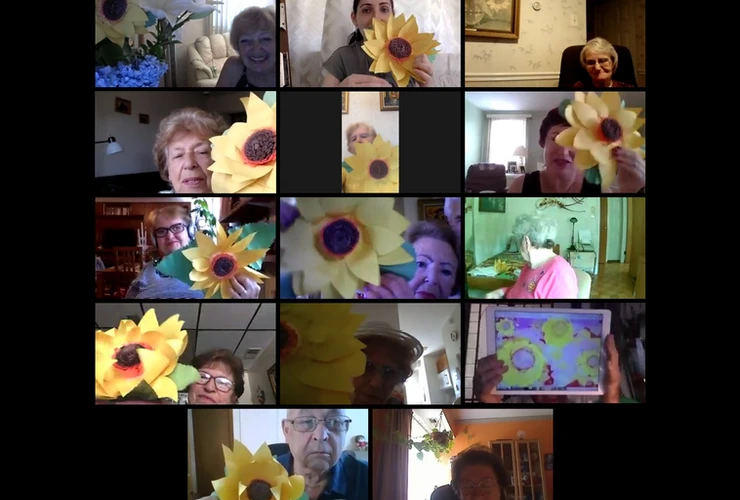
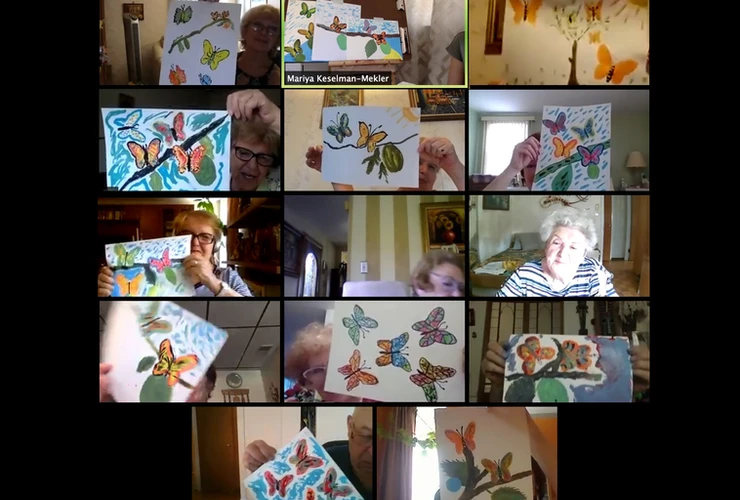
Mariya Keselman-Mekler and the Revive program participants show their finished artwork. Click through to see all three projects.

